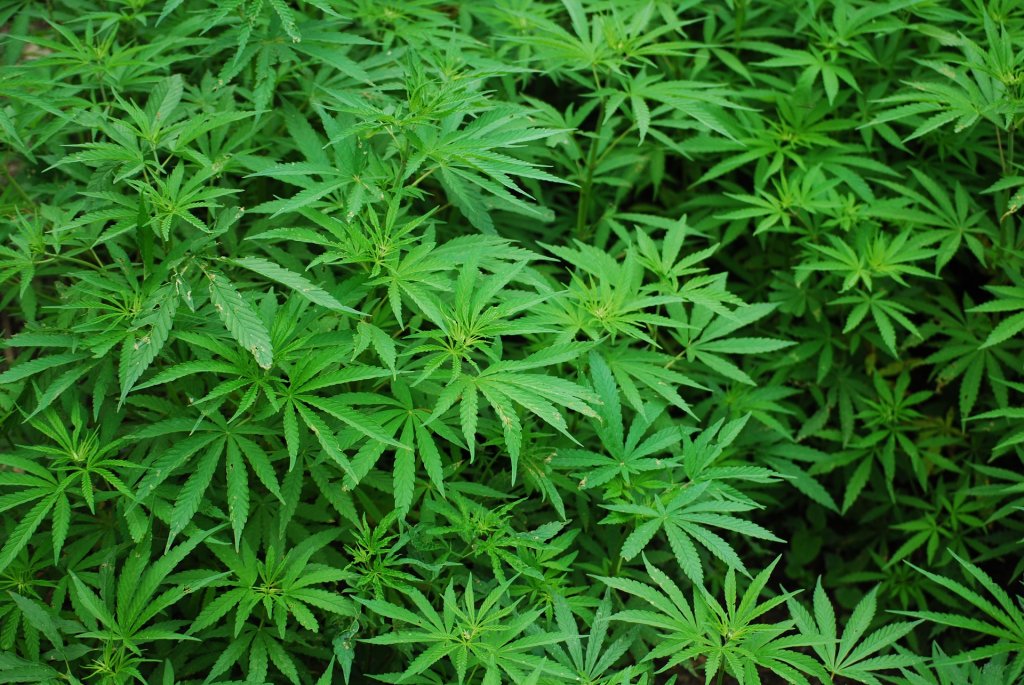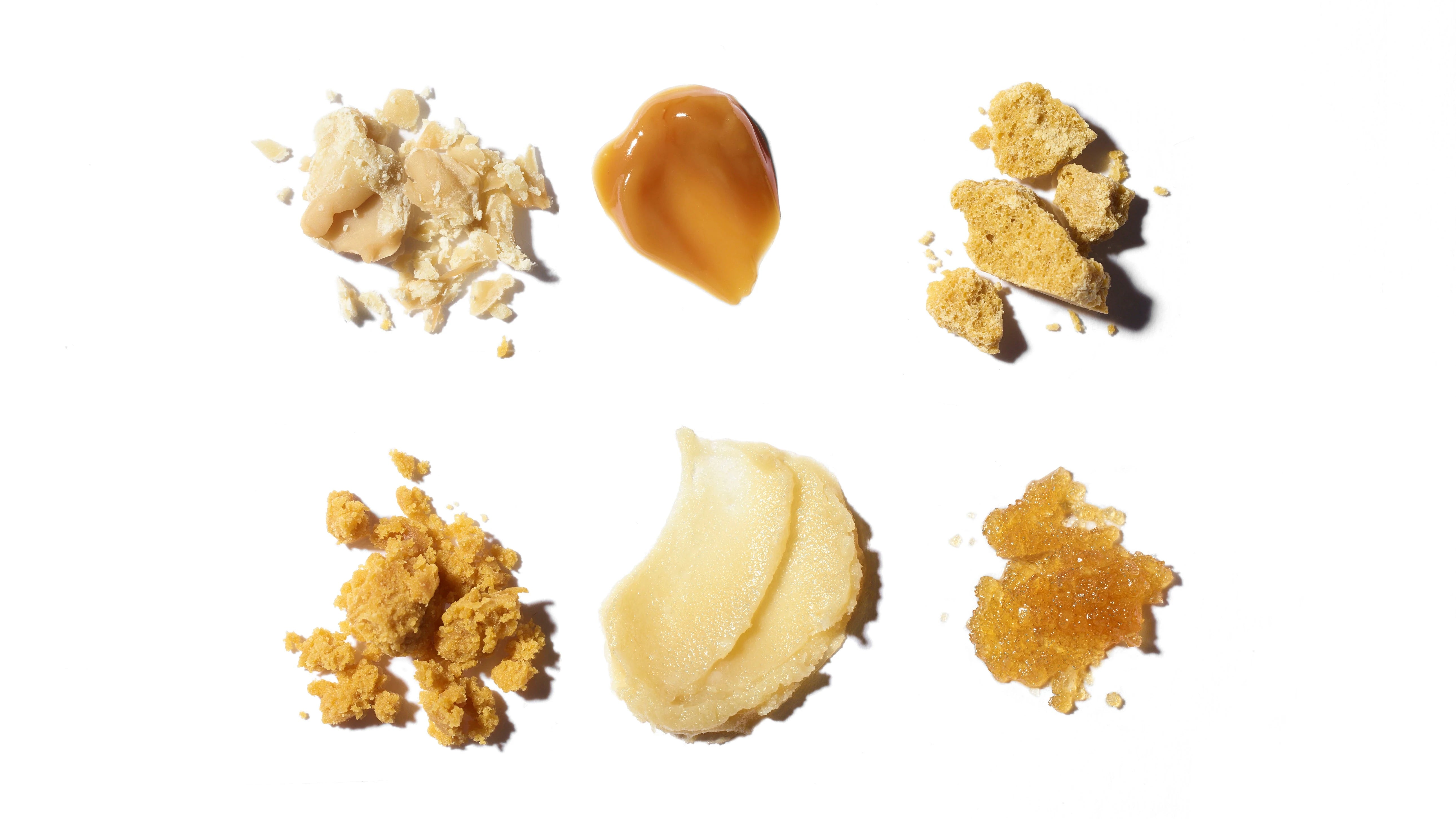
Cannabis Leaves Are No Longer a Novel Food, Now Considered a Traditional Food
For centuries, cannabis has been intertwined with human history, culture, and tradition. From its use as a medicinal herb in ancient civilizations to its role as a source of fiber, food, and spiritual enlightenment, cannabis has left an indelible mark on our world. In recent times, however, the focus has shifted towards the plant's psychoactive properties, leading to a period where cannabis leaves were considered a "novel food" in many regions. But now, there's a shift back to recognizing cannabis leaves as a traditional food with a rich history that stretches across continents and millennia.
The Historical Role of Cannabis Leaves
One of the first crops to be grown in human history is cannabis. Evidence of its use dates back thousands of years, with archaeological findings suggesting that cannabis was used in food, medicine, and textile production in ancient civilizations like Mesopotamia, China, and India.
In traditional Chinese medicine, for example, cannabis leaves were used for their healing properties, and they were believed to have benefits ranging from pain relief to improving digestion. Similarly, in India, where cannabis has deep cultural and religious roots, the leaves were used in various culinary dishes and religious rituals.
The Novel Food Classification
In the modern era, especially during the height of the War on Drugs, cannabis leaves began to be viewed primarily through the lens of their psychoactive effects. As a result, many countries categorized cannabis and its derivatives, including leaves, as "novel foods." This classification implied that cannabis was a new and potentially risky addition to the food supply, subject to stringent regulations.
The novel food classification often limited the use of cannabis leaves in culinary and dietary contexts, pushing them to the fringes of legality and acceptance. While the psychoactive properties of cannabis were acknowledged and researched, its historical and traditional uses were overshadowed.
A Return to Tradition
In recent years, there has been a resurgence of interest in the traditional uses of cannabis, including its leaves. This renewed appreciation stems from several factors:
Historical Awareness: Cannabis enthusiasts and researchers have delved into the historical records to unearth the traditional uses of cannabis leaves, shedding light on their significance in various cultures.
Cultural Revival: As the legalization of cannabis gains momentum worldwide, there's a growing interest in reviving and preserving cultural traditions associated with the plant. This includes traditional culinary practices that incorporate cannabis leaves.
Nutritional Benefits: Cannabis leaves are rich in nutrients, including vitamins, minerals, and antioxidants. As people seek out natural and plant-based sources of nutrition, the nutritional value of cannabis leaves is being recognized.
Sustainability: Cannabis cultivation can be environmentally friendly, with the plant requiring relatively little water and no synthetic pesticides when grown organically. This sustainability aligns with the values of many environmentally conscious consumers.
Culinary Innovation: Chefs and food entrepreneurs are experimenting with cannabis leaves, infusing them into a variety of dishes and beverages. This culinary innovation is driving interest in traditional uses.
Cannabis Leaves in Modern Cuisine
In regions where cannabis is legal, chefs and food enthusiasts are embracing the rich culinary history of cannabis leaves. From cannabis-infused salads to cannabis leaf smoothies, there's a growing appreciation for the unique flavors and potential health benefits that these leaves bring to the table.
Cannabis leaves are prized not only for their nutritional content but also for their distinctive taste, which can range from earthy and herbal to slightly nutty. When used thoughtfully in recipes, they can add a depth of flavor that elevates dishes to new heights.
Regulatory Changes
As the perception of cannabis leaves shifts from being a "novel food" to a traditional food, regulatory changes are also beginning to reflect this evolution. Some regions are reconsidering their stance on cannabis and its derivatives, recognizing the historical and cultural significance of the plant.
This shift is not limited to culinary uses alone. In traditional medicine, there is growing interest in the therapeutic potential of cannabis leaves. Research is exploring their role in managing conditions like chronic pain, inflammation, and gastrointestinal disorders, aligning with historical uses in various cultures.
Closing Thoughts
The journey of cannabis leaves from traditional food to novel food and back again is a testament to the dynamic nature of our relationship with this remarkable plant. As we reacquaint ourselves with the rich tapestry of cannabis history, we discover that its uses extend far beyond the psychoactive effects that have dominated the conversation in recent decades.
In embracing cannabis leaves as a traditional food, we celebrate the wisdom of our ancestors who recognized the value of this versatile plant. We also look toward a future where cannabis, in all its forms, can be integrated into our lives in ways that honor both tradition and innovation. Whether it's through a hearty cannabis-infused meal or a cup of cannabis leaf tea, the reintegration of this ancient plant into our modern world offers a taste of history, culture, and sustainability that is worth savoring.


